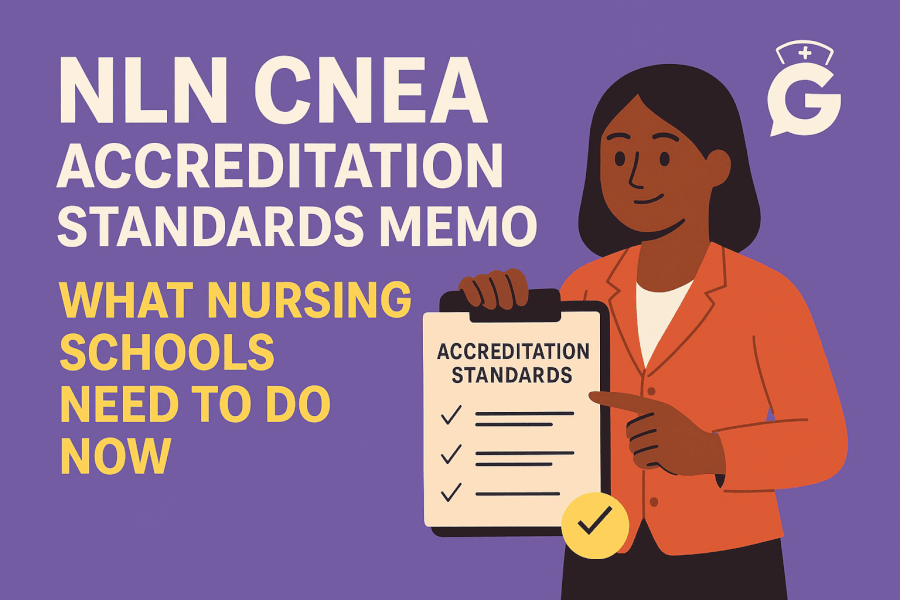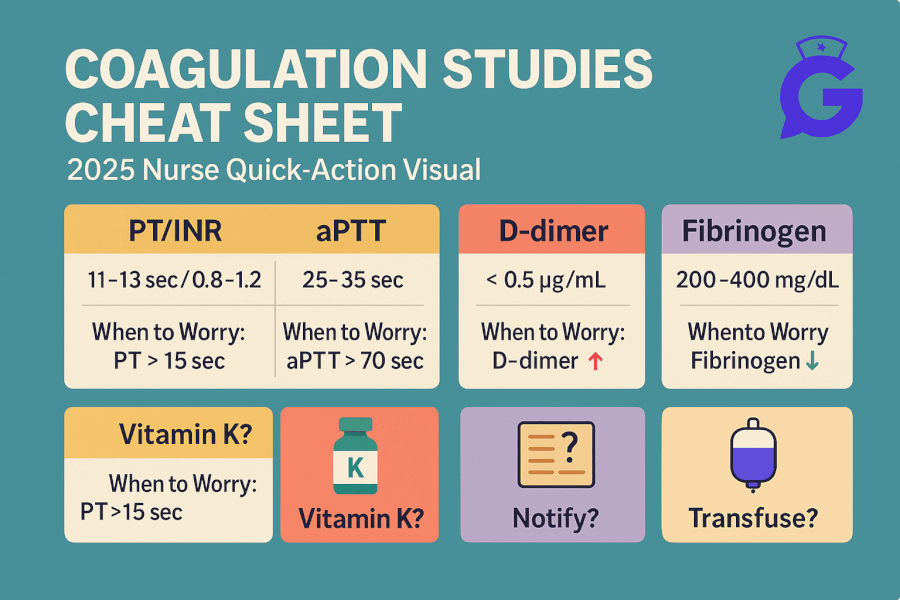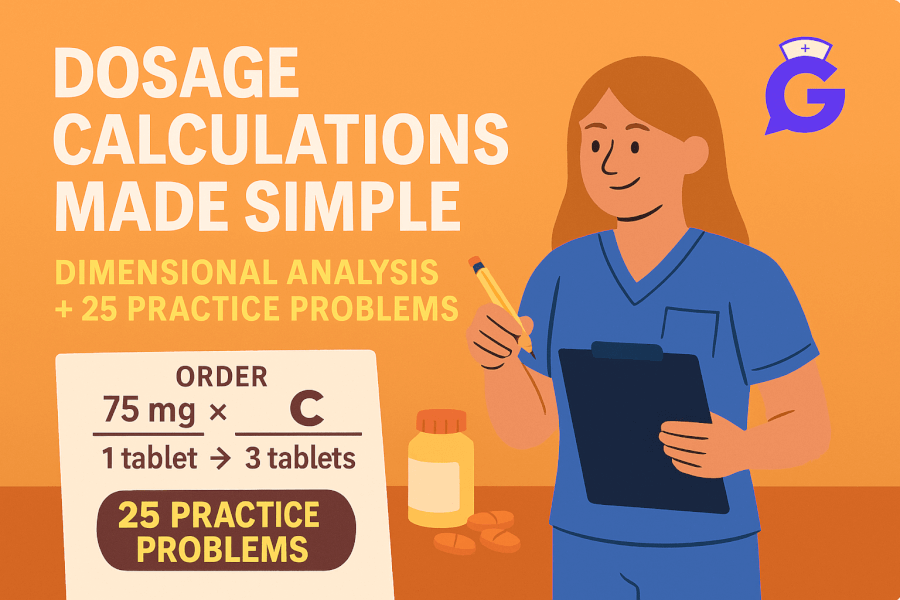If we were in my dean’s council workshop, I’d start with this: accreditation news isn’t “background noise.” It touches curriculum maps, evaluation plans, faculty workload, student support - and downstream, NCLEX outcomes and graduation timing. On September 3, 2025, the NLN Commission for Nursing Education Accreditation (CNEA) posted a new memo guiding programs on how to use the Standards of Accreditation amid evolving federal and state requirements (NLN CNEA Featured News). The same page highlights near-term professional-development sessions that walk programs through each Standard (e.g., Sept 30: Standard II, Oct 21: Standard III) so schools can align evidence and outcomes ahead of upcoming reviews (NLN CNEA Events).
As an educator, here’s my goal for you today: know exactly what changed, what hasn’t, and the practical steps to shore up your Systematic Evaluation Plan (SEP), data calendar, and document tree—so your seniors graduate on time and your pass-rate indicators stay healthy.
🎯 Free NCLEX quiz!
Test your knowledge - new quizzes added weekly!
Table of Contents
- What NLN CNEA Announced (and Why It Matters)
- Standards, 2025 Handbook & Summary of Changes: What to Review Now
- Action Plan: SEP, Data Calendars, PD Sessions & Communication to Students
- FAQs
- Key Takeaways
- Further Reading
What NLN CNEA Announced (and Why It Matters)
The memo (Sept 3, 2025). NLN CNEA’s Board of Commissioners released a guidance memo that helps programs interpret and apply the Standards of Accreditation against a backdrop of new or pending federal/state mandates (NLN CNEA Featured News). In plain terms: use the Standards as your through-line as you update policies, outcomes evidence, and reporting.
Professional development tied to the Standards. CNEA is running targeted sessions this fall—specifically, “Focus on the Standards” modules that unpack requirements and show sample evidence:
- Standard II (Program Culture & Outcomes) — Sept 30, 3–4 p.m. ET
- Standard III (Faculty & Personnel) — Oct 21, 3–4 p.m. ET
Registration details and learning objectives live on the same CNEA page (NLN CNEA Events).
Professor’s note: Accreditation isn’t a “compliance sprint” before a site visit. It’s your quality-assurance engine. When standards shift—even modestly—**curriculum currency, faculty development, and student supports** must pivot with them. That’s how you protect NCLEX readiness and timely graduation.
Why students and NCLEX are part of this story. Changes to standards ripple into program outcomes, clinical hour structures, and evaluation indicators. Those, in turn, affect cohort readiness for NGN case work and foundational skills. To keep students aligned with test-plan expectations, pair any policy changes with transparent NCLEX guidance (see the official NCLEX Test Plans hub for what the exam measures and when future updates take effect: NCLEX.com Test Plans).
To support faculty-to-student messaging about NGN clinical judgment, you can link course shells to our concise strategy primers (e.g., How to Read NGN Case Stems (2025)) and school-facing resources (GoodNurse for Nursing Schools).
🥇Voted #1 Nursing Study Tool.
Personalized AI Tutor + Instant Answers to All Your Questions. 100% Money Back Guarantee!
Standards, 2025 Handbook & Summary of Changes: What to Review Now
1) Re-ground in the Standards of Accreditation. CNEA’s Standards comprise five pillars with quality indicators and interpretive guidelines applied to all program types, including distance education (Standards overview). Re-map your program outcomes, assessment evidence, and course-level SLOs to these pillars as you adjust for regulatory changes.
2) Download the 2025 Accreditation Handbook. The updated Accreditation Handbook: Policies & Procedures (2025) is posted on CNEA’s Resources page, alongside a Summary of Changes—both are essential reading for deans and accreditation leads (CNEA Resources; direct 2025 Handbook PDF is linked from that page, and the Summary of 2025 Handbook Changes outlines procedural updates such as timelines and submissions). For example, the summary document notes adjustments intended to ensure planning time and clarity in application steps (Summary of Changes (PDF)).
3) Note key operational impacts. Based on the memo and 2025 handbook materials:
- Policy synchronization. Align your internal policies (e.g., clinical placement, substantive change, DE delivery, student services) with CNEA’s updated language and your state board’s requirements.
- Evidence exemplars. The fall PD sessions publish objectives that explicitly mention the kinds of data/evidence programs can provide to document compliance for Standard II and Standard III (session listings).
- SEP alignment. CNEA is emphasizing the Systematic Evaluation Plan (SEP) across newsletters and courses; there’s even an asynchronous course focused on SEP execution (CNEA Featured News). Tighten your SEP so it captures updated measures, schedules, and feedback loops.
4) Keep accreditation workflows evergreen. If you’re entering pre-accreditation or initial accreditation, verify current cycles, forms, and fee schedules on CNEA’s site (Resources and related “Apply” pages). These operational details influence your internal deadlines, document gathering, and faculty time allocation.
Professor’s note (document tree): Treat your accreditation library like source code: one authoritative repository; versioned policies; dated meeting minutes; evidence folders tied to Standard/indicator; and a **living SEP** that points to each artifact. This reduces “hunt time” by weeks before a review.
5) Tie changes to student-facing outcomes. Standards updates are never only about binders. They affect teaching, assessment, and student experience. If your program is strengthening NGN judgment, connect that to learning resources students actually use—e.g., structured practice in prioritization/delegation or dosage-math safety. For quick wins, assign short, targeted drills like our Safety-First Framework + 25 Mini-Scenarios and cross-link to AI-supported study workflows your faculty approve (AI in Nursing Education (2025) — faculty guide).
Action Plan: SEP, Data Calendars, PD Sessions & Communication to Students
Here’s a practical syllabus for your next 6–10 weeks of alignment.
1) Re-baseline the SEP and data calendar
- Define measures per Standard. For each Standard/indicator, list the measure, evidence source, owner, and collection frequency.
- Schedule collection windows. Anchor data pulls to the academic calendar (e.g., after major clinical rotations; post-capstone).
- Close the loop. Document how data inform decisions (faculty development, simulation hours, remediation changes) and when re-measurement occurs.
2) Map courses and assessments to Standards and outcomes
- Crosswalk SLOs → Standards. Use a one-page matrix that ties SLOs and major assessments to the relevant Standard/indicator.
- Embed NGN judgment. Integrate case-based prompts and rubrics into simulation and post-conference—explicitly map them to outcomes and Standards.
- Strengthen numeracy. Maintain a cadence for med-math and infusion safety practice; if you need a ready-to-assign refresher, see IV Drip Rates & Infusions (2025).
3) Leverage NLN CNEA PD and resources
- Register faculty for the fall Standards sessions (Standard II on Sept 30, Standard III on Oct 21) so your evidence exemplars match current expectations (CNEA schedule).
- Adopt the 2025 Handbook as your policy source of truth and circulate the Summary of Changes to leadership (Resources; Summary (PDF)).
- Clarify timelines for any candidacy or substantive-change filings using the “Apply” guidance pages (CNEA Apply).
4) Communicate with students—especially seniors
- Explain what’s changing (and what’s not). Publish a one-pager for seniors so they understand how updates affect clinical hours, capstone requirements, and NCLEX prep—and, importantly, how they do not delay graduation.
- Point to official NCLEX sources for blueprint/policy questions (NCLEX Test Plans) and supplement with concise, high-yield study supports students can act on today (e.g., NGN Case Stems Strategy).
Professor’s note (de-risking your review): In mock audits I run, programs lose the most time on (1) **SEP gaps** (measures without data owners or cycles), (2) **policy version sprawl**, and (3) **unclear evidence-to-decision narratives**. Fix these three, and your readiness climbs fast.
FAQs
What exactly did NLN CNEA release on Sept 3, 2025?
A guidance memo on using the Standards of Accreditation in light of federal/state changes, posted to CNEA’s Featured News page, alongside upcoming Standards-focused PD sessions (CNEA Featured News & Events).
Where can I find the current Standards and 2025 handbook?
Start at the Standards overview and the Resources page, which hosts the Accreditation Handbook (2025) and the Summary of Changes (Standards; Resources; Summary (PDF)).
What should we prioritize first?
Update your SEP and data calendar, enroll key faculty in the fall Standards PD sessions, and reconcile policies with the 2025 handbook language. Communicate early to seniors to protect graduation and NCLEX timelines (CNEA pages; NCLEX Test Plans).
Key Takeaways
- NLN CNEA memo (Sept 3, 2025): use the Standards to steer updates amid regulatory changes; PD sessions (Standard II — Sept 30; Standard III — Oct 21) support evidence alignment.
- Download and adopt the 2025 Accreditation Handbook and Summary of Changes to anchor policies, timelines, and submissions.
- Tighten your SEP and document tree (owners, measures, cycles, evidence, and decisions) to de-risk reviews.
- Protect students’ timelines by aligning curriculum and communicating how changes affect clinicals, capstone, and NCLEX prep.







